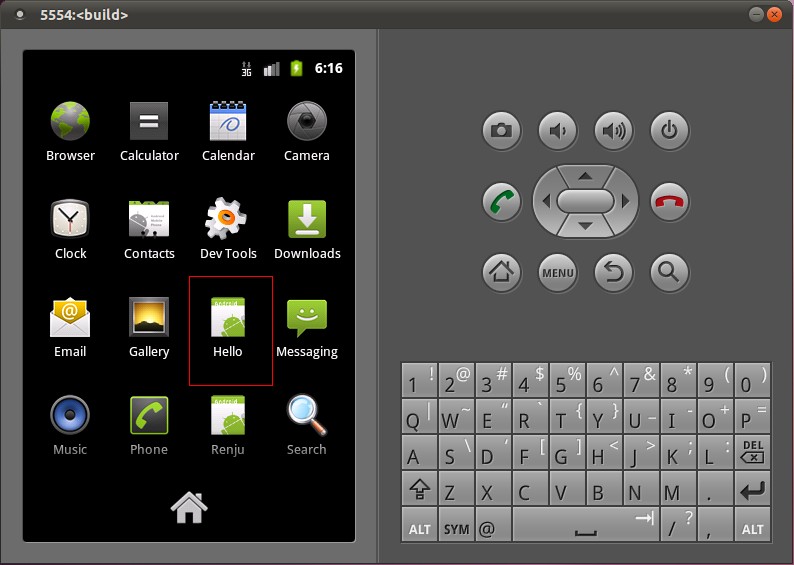- 浏览: 715763 次
- 性别:

- 来自: 大连
-

最新评论
-
xuelj:
我的Android进阶之旅------>Android使用9Patch图片作为不失真背景 -
lBovinl:
,浩瀚~
我的Android进阶之旅------>经典的大客推荐(排名不分先后)!! -
xyy_zero:
看着听犀利的,大神,有demo吗?可以分享下不。我最近需要开发 ...
给android设备增加串口功能







相关推荐
在这一篇文章中,我们将在Android系统的应用层增加一个内置的应用程序,这个内置的应用程序通过ServiceManager接口获取指定的服务,然后通过这个服务来获得硬件服务。 一. 参照在Ubuntu Android实现Application ...
我们在Android系统增加硬件服务的目的是为了让应用层的...参照在Ubuntu上为Android系统的ApplicationFrameworks层增加硬件访问服务一文,在ApplicationFrameworks层定义好自己的硬件服务HelloService,并提供IHelloSer
在数字科技日新月异的今天,软件和硬件的...对Android系统上的应用软件来说,就是要在系统的Application Frameworks层为其提供硬件服务。在前面的几篇文章中,我们着重介绍了Linux内核层、硬件抽象层和运行时库层提供的
实现这两者的目的是为了向更上一层提供硬件访问接口,即为Android的Application Frameworks层提供硬件服务。我们知道,Android系统的应用程序是用Java语言编写的,而硬件驱动程序是用C语言来实现的,那么,Java接口...
Android-2.3.7-frameworks-src,Android源代码,Android_Frameworks层源代码,下载后用eclpse关联源代码文件夹,然后就可以利用eclpse翻看Android Frameworks层的源代码
自己整理的Android12版本的系统资源目录分析,包括各个目录对应的分支 ...frameworks:应用程序框架,Android系统核心部分,由Java和C++编写.pdf packages:应用程序包.pdf system:底层文件系统库、应用和组件.pdf
android frameworks src code about wifi: package android.net.wifi; import android.util.Log; import android.util.Config; import android.net.NetworkInfo; import android.net.NetworkStateTracker; ...
在应用层添加一个apk将拦截到的电话和短信保存到新的apk中电话拦截的主要代码在应用层处理短信拦截的主要代码在frameworks层中处理.rar,太多无法一一验证是否可用,程序如果跑不起来需要自调,部分代码功能进行参考...
This book explains what frameworks are and how they fit into applications, and offers many object-oriented techniques used in application frameworks.
Android 蓝牙A2DP java层framework 层连接流程图,非常详细的从btif-bta-btm-hci 数据流程走向,以及从controller收到数据到btm层,将Android 源码使用流程图的形式画了出来,使Android 蓝牙开发者更清楚数据收发...
Useful Java links This is a fork of awesome link with new structure, additional license info and github's star info for every link, with a lot of new links (all non-mobile github projects with 390 or ...
Mobile Application Development JavaScript Frameworks 英文azw3 本资源转载自网络,如有侵权,请联系上传者或csdn删除 本资源转载自网络,如有侵权,请联系上传者或csdn删除
在Android中,如果想退出Android程序,一般都是调用finish()、System.exit(0)android.os.Process.killProcess(android.os.Process.myPid())等方法来实现退出程序功能,可是在实际开发中,并不能达到完全退出应用程序...
多种ajax介绍 Purejavascript: Application Frameworks...
POJO Application Frameworks_ Spring Vs. EJB 3
android_frameworks_base,.zip